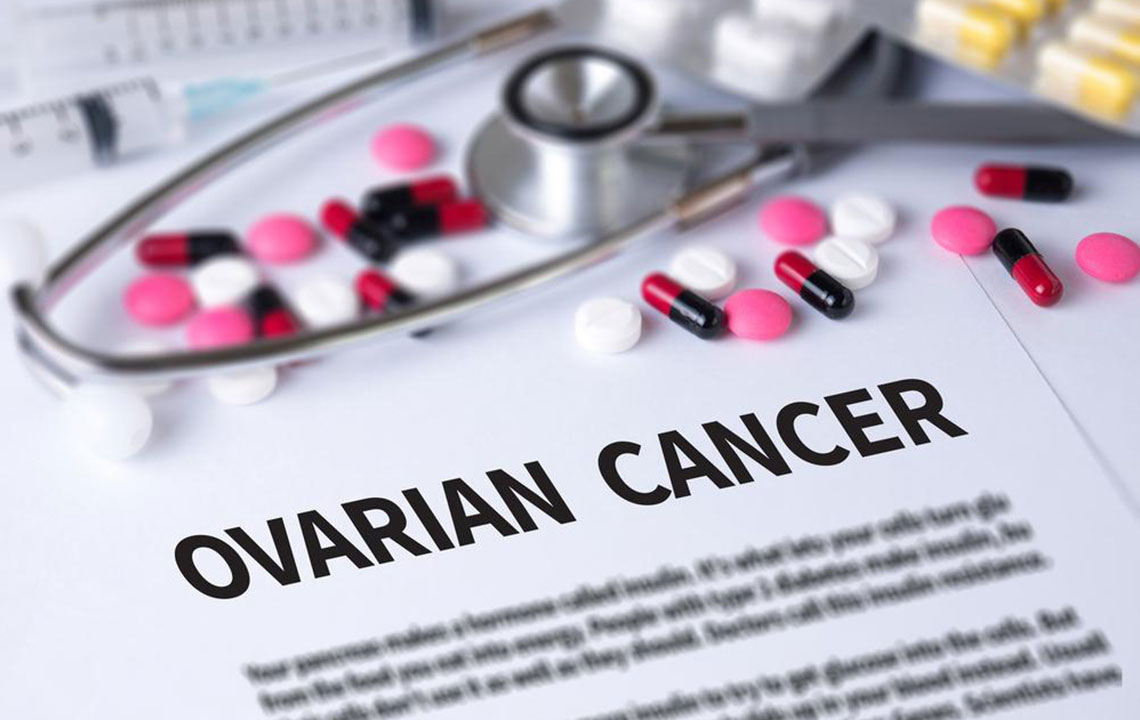Understanding Bacterial Lung Infection: Causes, Symptoms, Diagnosis, and Treatments
This article covers key aspects of bacterial pneumonia, including causes, symptoms, diagnostic methods, and treatment options. It highlights the importance of early diagnosis and vaccination to prevent complications. Suitable for general readers and healthcare professionals, the content emphasizes the significance of immune health and timely medical intervention for effective management of bacterial lung infections.

Understanding Bacterial Lung Infection: Causes, Symptoms, Diagnosis, and Treatments
Overview of Bacterial Pneumonia: Causes, Symptoms, Detection, and Management
Bacterial pneumonia is an infection of the lungs caused predominantly by bacteria such as Streptococcus. The likelihood of developing this condition depends heavily on the strength of an individual’s immune defenses. A robust immune system can prevent infection, while a weakened one increases vulnerability.
Who is at Greater Risk of Developing Bacterial Pneumonia?
Individuals at higher risk include those with:
Chronic conditions like diabetes, heart disease, or asthma
Older adults aged 65 and above
Poor nutritional intake lacking essential vitamins and minerals
Post-surgical recovery phase
Immunocompromised individuals
Heavy smokers and alcohol consumers
Patients suffering from viral pneumonia
Signs and Symptoms of Bacterial Pneumonia
Common symptoms of bacterial pneumonia include:
Severe chest pain
Discomfort during breathing and coughing
Cough producing green, yellow, or blood-streaked mucus
Intense chills and shaking
Fever rising between 102°F and 105°F
Loss of appetite
Pale, moist skin
Profuse sweating
Muscle aches
Confusion or mental fog
Headache
Rapid or labored breathing
Extreme fatigue or lethargy
Bacterial pneumonia in children, including infants, can also cause bluish lips and nails, indicating severe oxygen deprivation.Types of Bacterial Pneumonia
Community-acquired pneumonia (CAP): Contracted outside healthcare settings, CAP spreads through coughing, sneezing, and close contact.
Hospital-acquired pneumonia (HAP): Also called nosocomial infection, HAP occurs within healthcare environments and is often resistant to antibiotics, making it harder to treat.
Common Bacterial Culprits Involved
Streptococcus pneumoniae is the primary bacteria responsible for bacterial pneumonia.
Haemophilus influenzae is another common pathogen.
When immunity is compromised, bacteria like Staphylococcus aureus, Moraxella catarrhalis, Streptococcus pyogenes, Neisseria meningitidis, and Klebsiella pneumoniae can also cause infections leading to pneumonia.
Diagnostic Procedures for Bacterial Pneumonia
Blood culture analysis to detect bacterial presence in the bloodstream
Assessment of mucus production and quality
Complete blood count (CBC) to identify white blood cell levels
Mucus testing to identify specific bacteria
Chest X-ray imaging to confirm infection and determine severity
Treatment Strategies for Bacterial Pneumonia
Most cases recover with a course of prescribed medications, typically within three weeks, though recovery may take longer for immunocompromised patients.
Severe cases might require hospitalization with respiratory support and intravenous antibiotics.
Maintaining proper hydration helps prevent dehydration during illness.
Preventive Measures Against Bacterial Pneumonia
Bacterial pneumonia itself isn't contagious, but the bacteria causing it can spread.
Getting a pneumonia vaccine is highly effective in preventing bacterial infections, suitable for individuals of all ages based on medical advice.
Early consultation with healthcare providers is essential when symptoms of bacterial pneumonia appear, especially for vulnerable groups with weakened immune defenses, to avoid serious complications and prolonged treatment.










